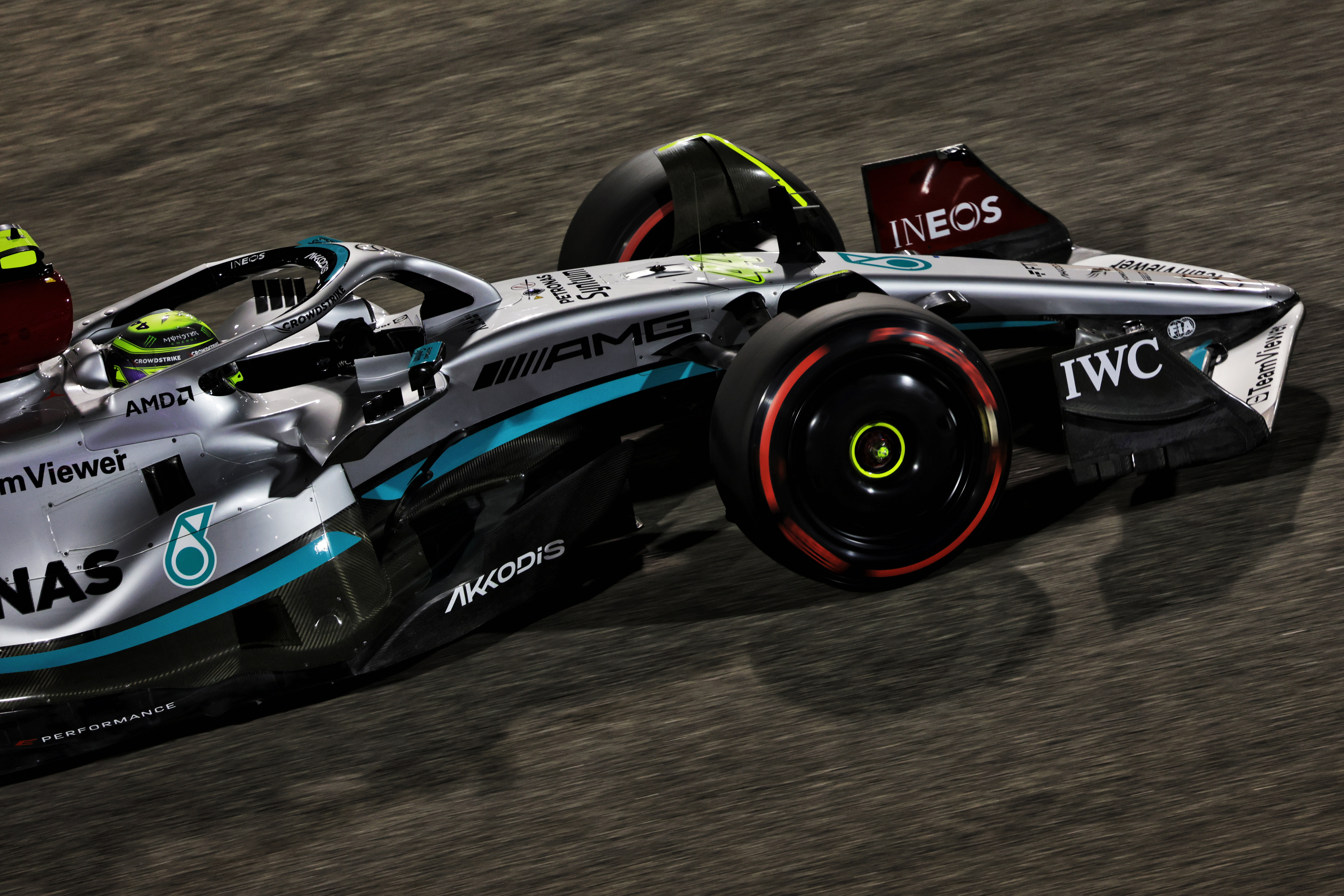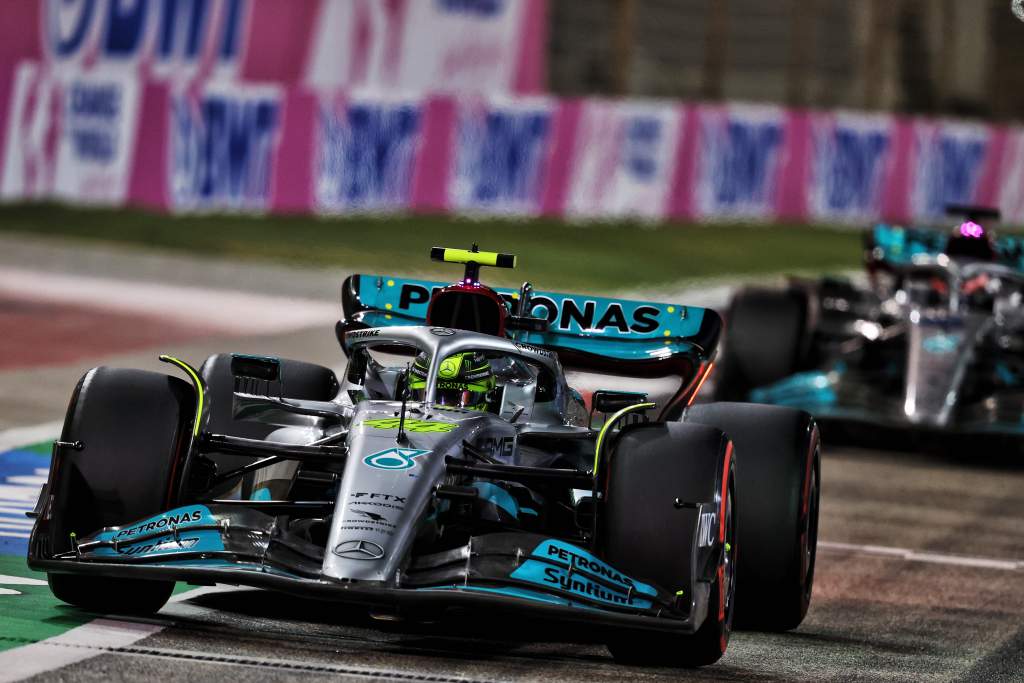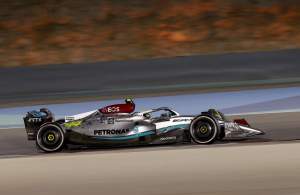Up Next

Mercedes chief technical officer James Allison “feared worse” for the pace deficit of the team’s 2022 Formula 1 car which he believes has problems that the team could solve as early as the next two or three races.
The team struggled during the second 2022 pre-season test in Bahrain when its new upgrade package heightened the porpoising problems aboard the W13.
Set-up compromises were made to minimise the porpoising during the season-opening race weekend and on Friday, Mercedes’ trackside engineering director Andrew Shovlin admitted the team was focusing on “damage limitation” for the rest of the weekend.
In qualifying, its best-placed car (Lewis Hamilton) was over sixth tenths adrift of pole position on Saturday. and only a Red Bull implosion allowed Hamilton and George Russell to finish in third and fourth rather than the fifth and sixth places that they spent the majority of the race in.
Solving its porpoising problem will be very important for “the fate of our championship” according to Allison, who was speaking in Mercedes’ post-race debrief video.
“We were caught out by it quite badly and the proposing on our car, especially when we put our first race upgrade package on it in the last winter test, the amount of porpoising we saw has been quite extreme,” he said.
“We’re starting to get it under control but at the moment we’re getting it under control a little bit by having to throw away the basic performance of our car as a smaller problem, in order to get the bigger problem, the uncontrollable bouncing, slightly under our control.
“In the coming weeks, and with massive pressure on us to make sure we deliver this quickly, we will find improvements that get on top of the bouncing while not throwing away the underlying performance of the car in order to do so.

“We can’t [afford to] wait to deliver those solutions, we’re hard at work back at the factory to find them, make them, get them to the car and enjoy the benefits of them.
“Hopefully, start to realise some of the inherent goodness that we have built into this car which should put us back where we want to be at the front end of the grid.”
Allison defended his team’s direction, saying “some will argue that perhaps we’ve bitten off more than we can chew with it, but we’re very good chewers”.
He estimates the team’s deficit to be something like the 0.6s gap that it was in Bahrain qualifying – smaller than he feared after pre-season testing – but says the team has solutions for all of the problems on the car.
“All of those solutions are within our compass to deliver,” he explained.
“Ye,s it’s challenging but after actually winter testing, I feared worse, and actually I think the performance improvement we’ve managed to deliver from winter testing to the first race, while perhaps not visible to the fans, and perhaps not reassuring to the fans, is reassuring in-house here at the team.

“What we have ahead of us, the way in which we’re approaching the problems, the way in which we’ll bring solutions also gives me comfort that we will get back to a competitive car quite swiftly and we’ll be able to pursue the objective we have of championships.
“We intend to put these problems right as quickly as possible, hopefully in the next two-three races, but in any case, we will put it right and we’ll get our car at the front competing to allow us to pursue our dream of championship success.”
This weekend’s second-ever Saudi Arabian Grand Prix is set to provide an even bigger challenge in terms of controlling porpoising problems than Bahrain.





